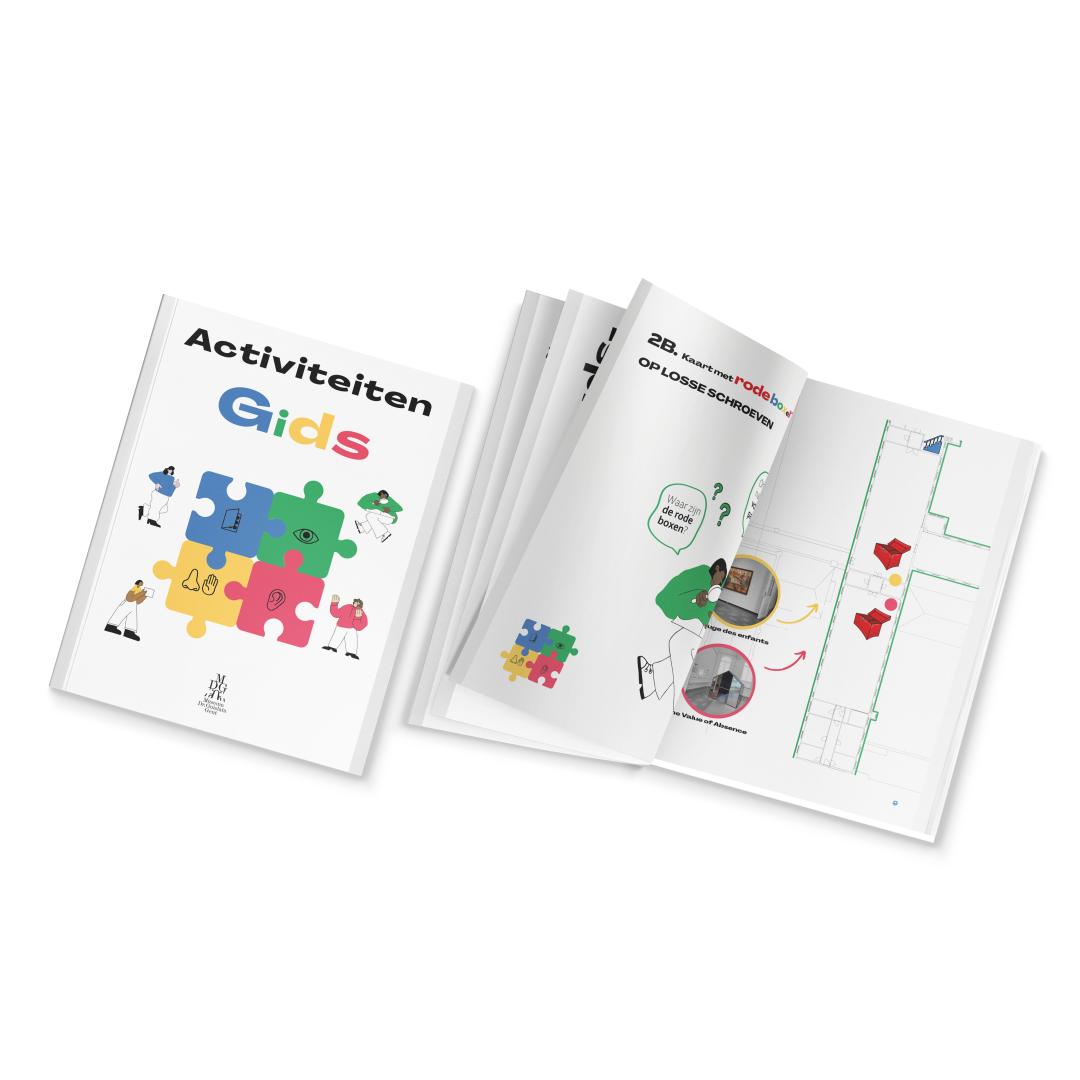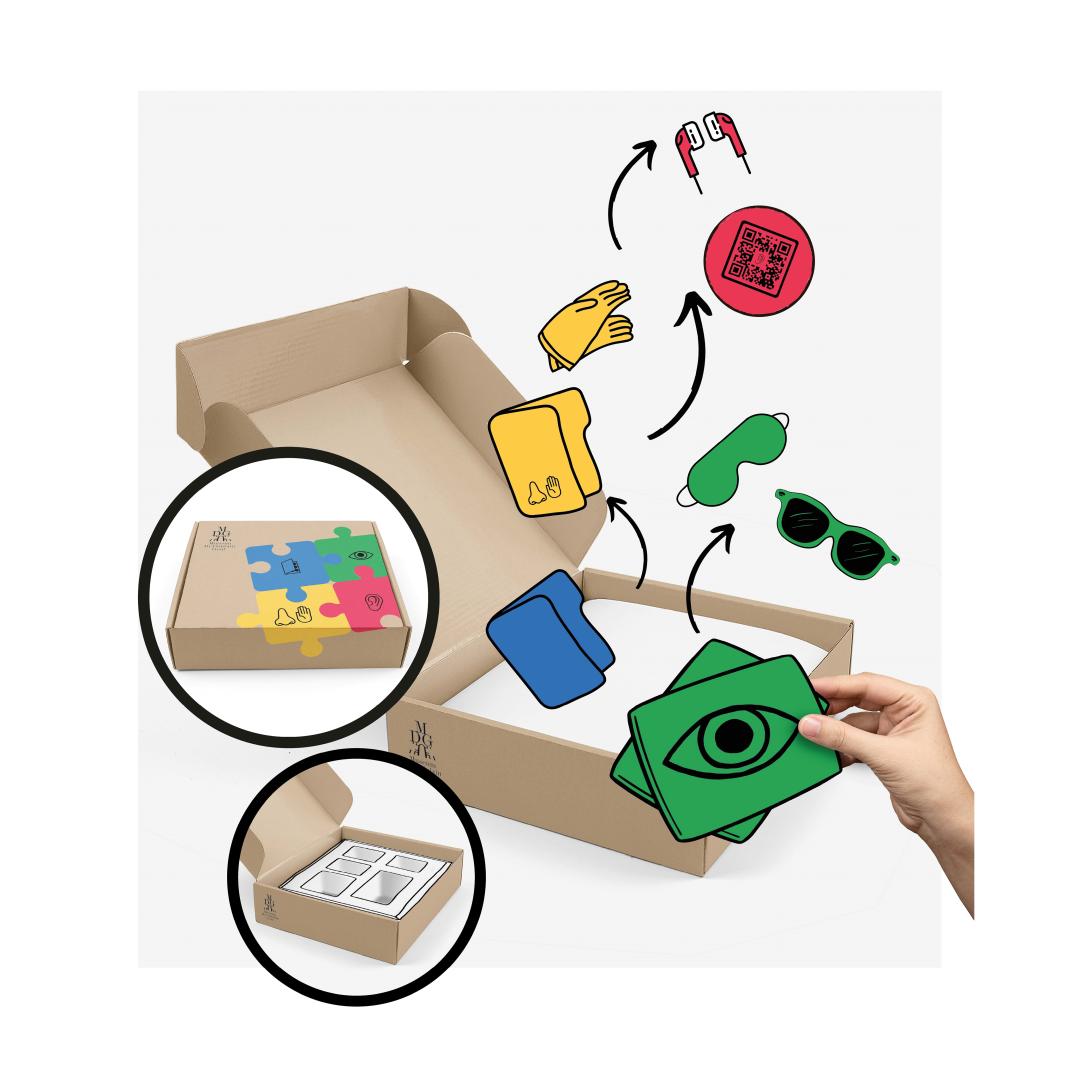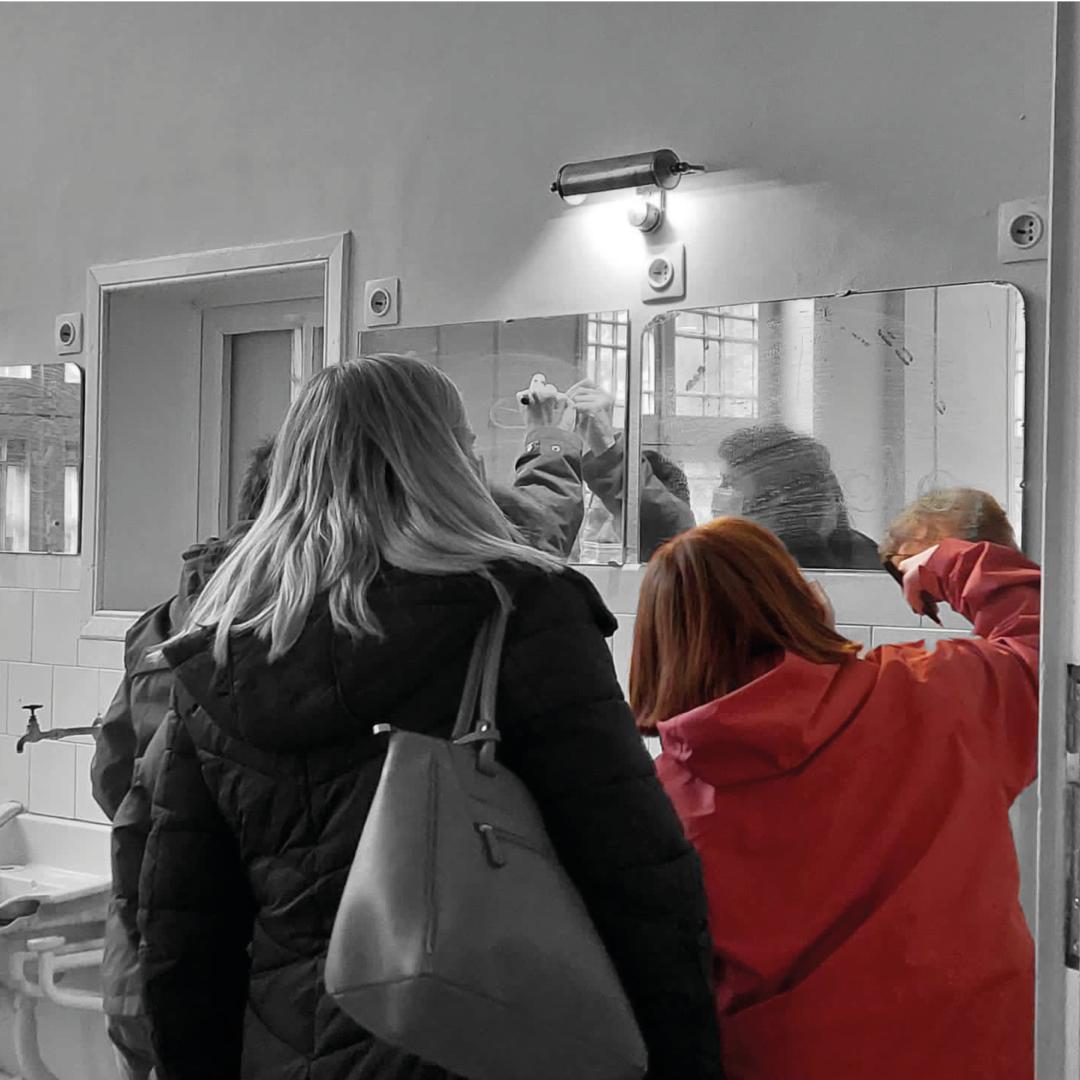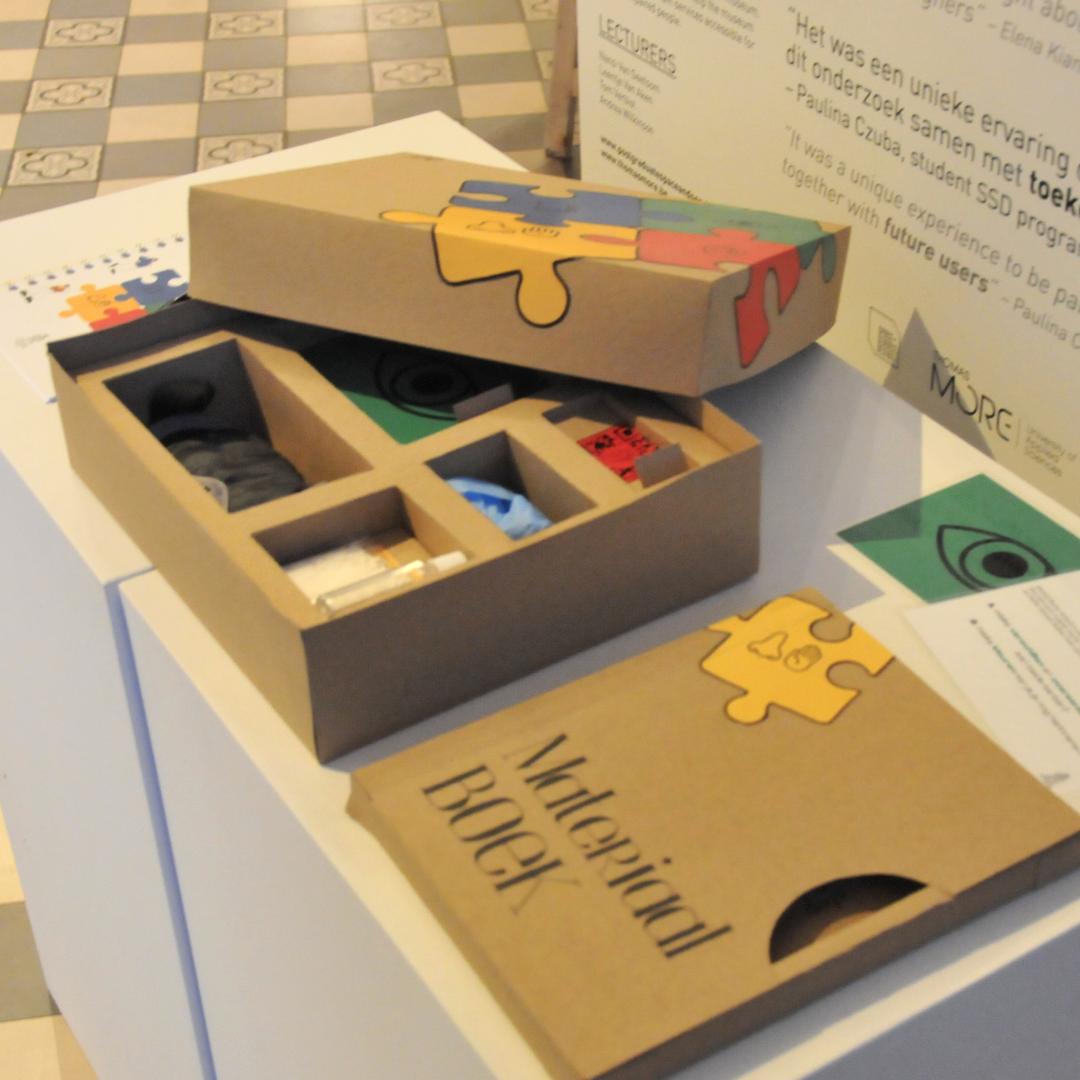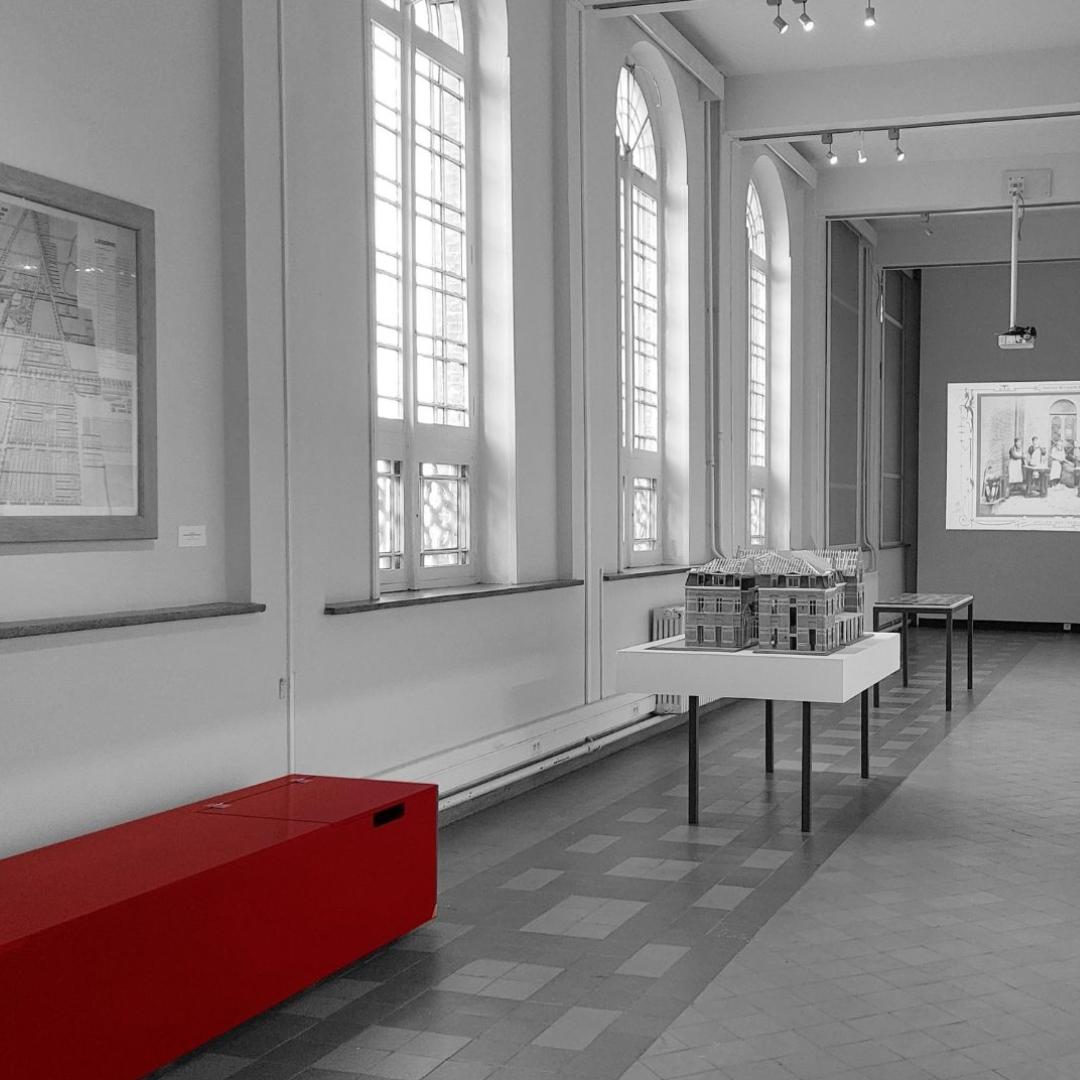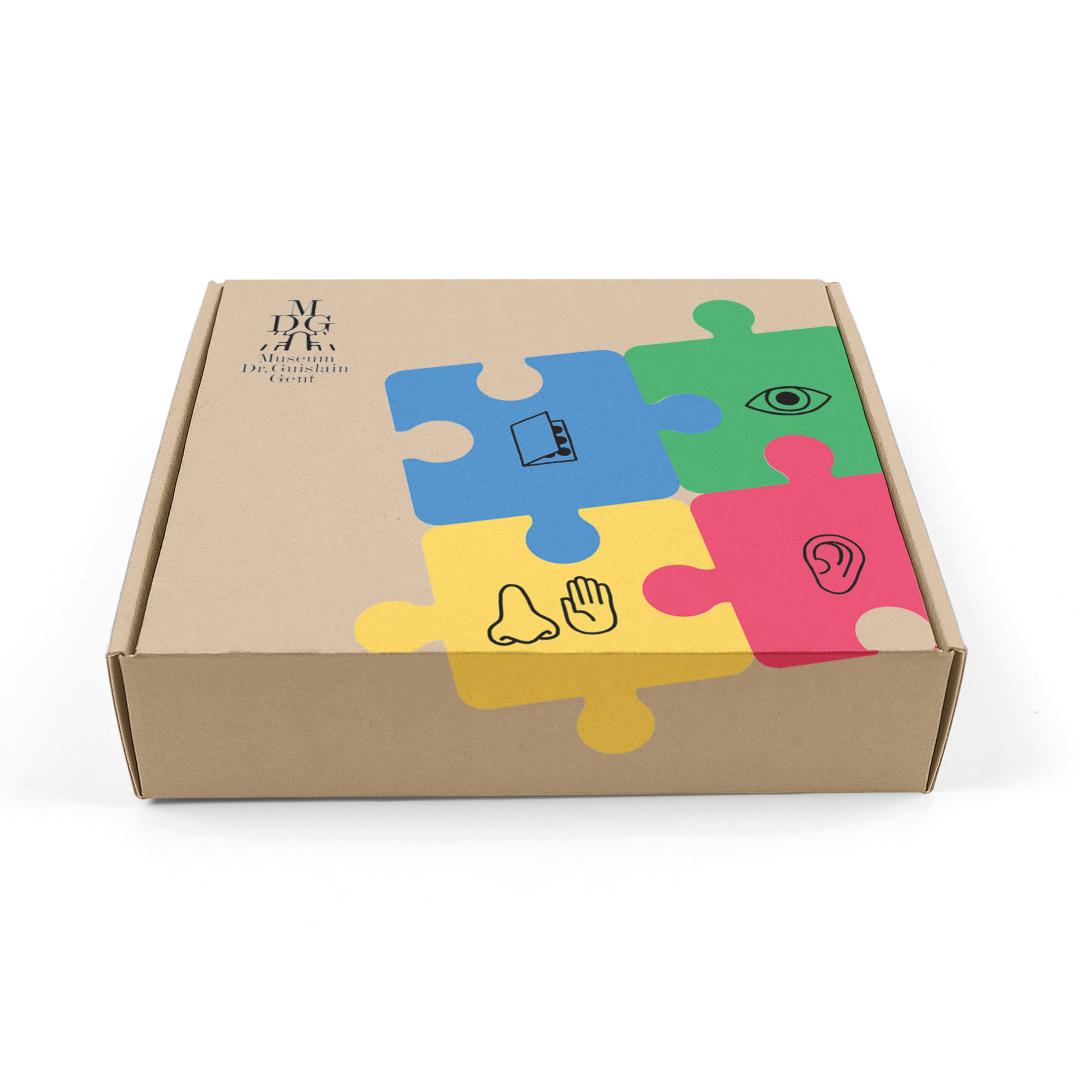Tourism for mental impaired people
Basic information
Project Title
Full project title
Category
Project Description
How can we control the stimulation of different senses in permanent exhibition room(s) in the Dr. Guislain museum (Gent, Belgium), according to the type of visitor/caretaker, so it increases the level of participation for the visitor with mental impairments?
Geographical Scope
Project Region
Urban or rural issues
Physical or other transformations
EU Programme or fund
Which funds
Description of the project
Summary
The aim of this project was to support museum Dr. Guislain in making explicit the value they assign to mentally impaired people and their families as visitors of the museum and users of services they offer.
The challenge and goal were to help the museum design mindful tourism services accessible for mentally impaired people.
Our research was conducted in the museum of Dr. Guislain has shown that stimulation of the senses was not balanced well. Mentally impaired clients can sometimes be overstimulated or understimulated during museum visits. This issue brought us to the concept of needing to control the sense-stimulating activity within the exhibitions, therefore allowing mentally impaired people and their companions to feel more comfortable during their visit.
We as a Space & Service Design team developed activities around the four senses making the visit interactive and playful, memorable, and educational for mentally impaired clients and their companions. These activities can provide visitors with a more fulfilling museum experience.
Visitors will be able to play observational games, touch, smell related objects to exhibited artworks and listen to stories of artists and related sounds to other artworks. The senses boxes are the core elements of our design solution. They are stored in red boxes throughout the museum. As a result, the museum furniture is sustainably reused. Senses boxes are completed with an activity guide, leading visitors through the exhibitions and showing where red boxes can be found.
This project was co-designed by Elena Kiannu, a Finnish artist and service designer. https://www.instagram.com/art.kiannu/?hl=en
Key objectives for sustainability
Our design solution is four senses related interactive activities to make the visit of mentally impaired people or any person with special needs more playful, memorable, and learning.
Our project includes the sustainable use of existing elements of the furniture of the museum. Additionally, such type of project will reduce the equality of society making museum visits more inclusive. The creation of elements included in the senses box can become an idea for kids’ workshops which in that sense will spread awareness about mentally impaired people for young generations.
The senses box can be made out of reusable materials such as poplar plywood that contains a FSC label and can be recycled. All elements of the senses box should be easily sanitised to order to provide hygienic use.
Key objectives for aesthetics and quality
Our design solution will provide museum visitors with a more fulfilling experience because it will trigger their senses and give them the opportunity to explore the exhibition in a more interactive way.
The activities around the four senses make the visit interactive and playful, memorable, and educational for mentally impaired clients and their companions. These activities can provide visitors with a more fulfilling museum experience.
Visitors will be able to play observational games, touch, smell related objects to exhibited artworks and listen to stories of artists and related sounds to other artworks. The senses boxes are the core elements of our design solution. They are stored in red boxes throughout the museum. As a result, the museum furniture is sustainably reused. Senses boxes are completed with an activity guide, leading visitors through the exhibitions and showing where red boxes can be found.
Key objectives for inclusion
Our research conducted in the museum of Dr. Guislain has shown that stimulation of the senses was not balanced well. Mentally impaired clients can sometimes be overstimulated or understimulated during museum visits. This issue brought us to the concept of needing to control the sense-stimulating activity within the exhibitions, therefore, allowing mentally impaired clients and their companions to feel more comfortable during their visit.
Senses boxes can be a part of the senses tour for mentally impaired clients and their companions. It will enable visitors to control the level of stimulation. Also, sense-stimulating activities can make the museum visit more interactive and fun. Additionally, the solution can be used by other visitors such as kids and adults, and it will offer more sitting areas in the exhibition space.
Physical or other transformations
Innovative character
Our design solution includes all 3 dimensions. Multi-senses activities can create a more fulfilling museum experience. Such kinds of activities will provide a stimulating environment, so many categories of visitors can find them more interesting and more captivating. People with different mental states as well as their companions can experience the senses box together. It will reduce the barrier between people with special needs and other visitors as well reduce equality in the society.
Our project includes the sustainable use of existing elements of the furniture of the museum. The senses box can be made out of reusable materials such as poplar plywood that contains a FSC label and can be recycled. All elements of the senses box should be easily sanitised to order to provide hygienic use.

